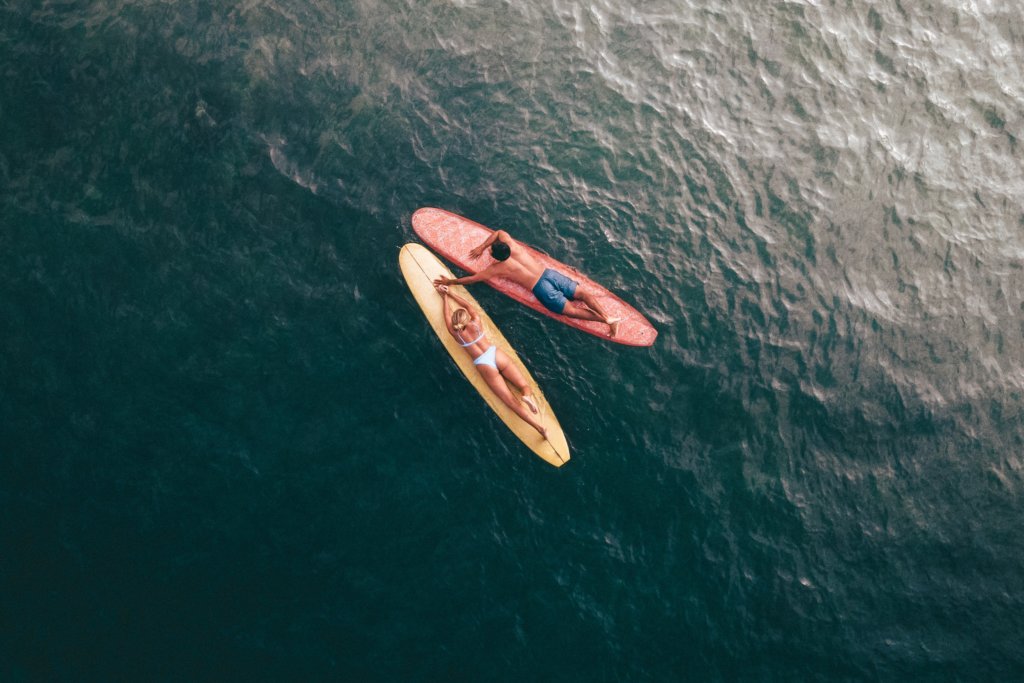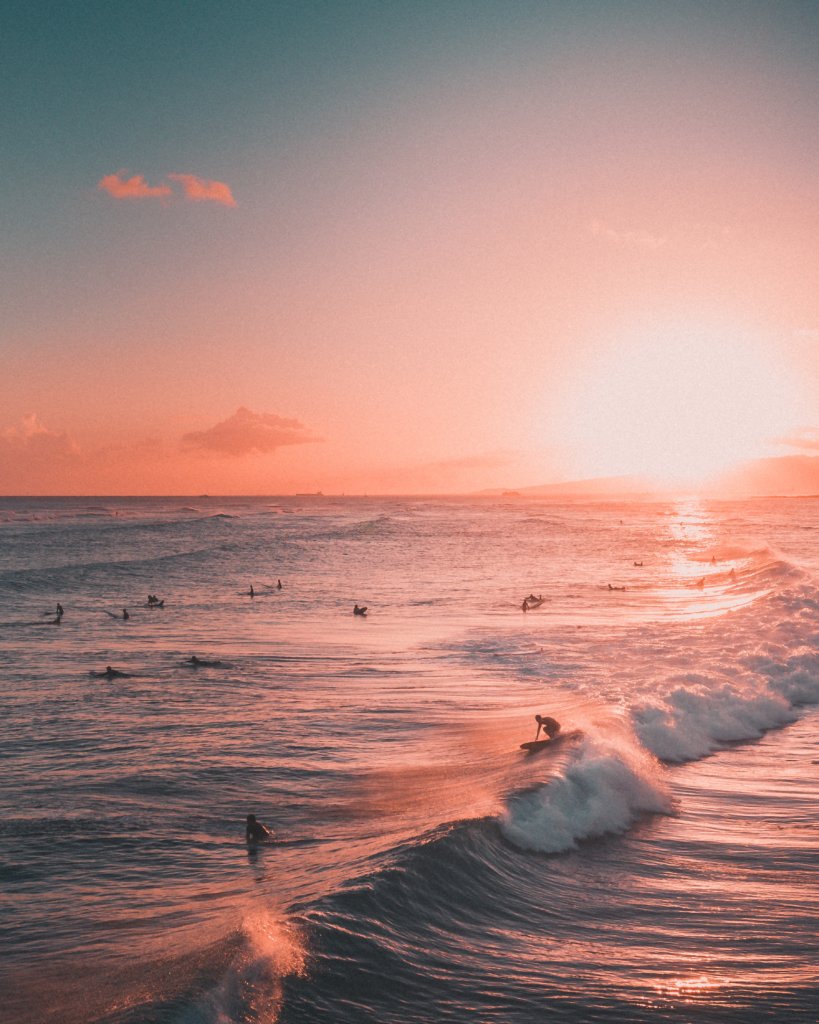Read the surf forecasts correctly. This is how it works!


They are essential for every surfer: surf forecasts. The various providers supply a range of data and parameters that need to be understood in order to be able to use them. In this article, we explain how to do this.
It’s the nightmare for every passionate surfer: You get up early, look forward to the day and the waves, you are first one at the surf spot, just to find out that the sea is as flat as a lake. To avoid this scenario, there are various providers of surf forecasts. They provide data for the desired spot on swell size, direction and period, wind speed and direction, and geographic spot orientation. The challenge now is to read these data and parameters correctly and thus make an accurate prediction about the wave conditions.
What are the meanings of the different parameters?
Swell, period, wind direction, spot orientation – all these parameters are crucial for a perfect surf. Swell refers to the waves that are created on the sea and hit the shore. The swell size depends on the strength of the storm that created the waves on the sea, and thus ultimately determines the size of the waves themselves. The swell direction indicates the direction from which the waves hit the chosen spot. It is therefore essential that this parameter matches the geographical orientation of the spot. The period describes the time that passes between two waves. The longer the period, the longer the swell was on the sea and the stronger and bigger the waves. All these parameters are of course related to the conditions at the spot, i.e. the water depth, coastal conditions and the tides. Surf forecasts usually automatically calculate the expected wave size from the data.
The impact of the Wind
The wind has a major influence on wave conditions, so it is also important to pay special attention to it in order to be able to make accurate predictions. No wind or offshore wind brings waves suitable for surfing. The stronger the wind blows, the worse it is for the chosen spot. If it is also onshore, the conditions can quickly move into the uncomfortable. Of course, the wind direction also plays a big role and is again related to the orientation of the spot.
Surf forecasts therefore provide a lot of data, which is often automatically summarized by the various programs into a forecast, but which everyone should be able to interpret manually. It is also best to compare the forecasts from different providers in order to obtain the most accurate information possible.
If you want to be on the safe side, you should talk to the locals on site. Asked nicely, they might reveal a few secrets of “their” spot!

Statement
Finding the right conditions for surfing is not as easy as you might think. Surf forecasts make it easier and you can quickly find the right conditions for your surf trip. Here you can find an example page for a surf forecast.
Image Source: Pexels / Los Muertos Crew
YOU MIGHT ALSO LIKE THIS









